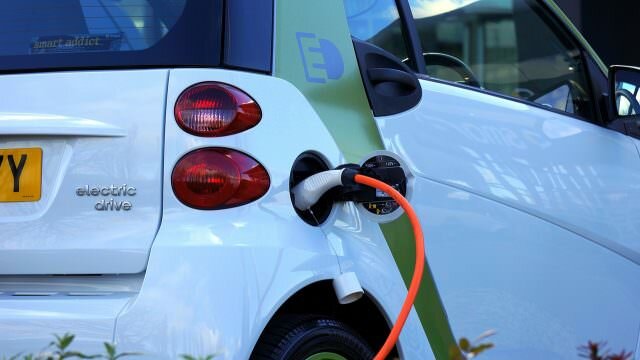Last updated August 4, 2017 at 4:52 pm
Researchers from US have created a “wireless power transfer system” that maintains ability to still transfer energy up to 1 metre away.
 No one likes cables. With the ability to charge your devices, comes great responsibility. We’ve all cried over broken cables or felt exasperated over unsightly mess on desks. Not to mention the fact that it could blow up your phone (RIP Samsung Galaxy Note).
No one likes cables. With the ability to charge your devices, comes great responsibility. We’ve all cried over broken cables or felt exasperated over unsightly mess on desks. Not to mention the fact that it could blow up your phone (RIP Samsung Galaxy Note).
Enter wireless charging to the rescue. And we’re kind of there, even if it’s not quite ubiquitous or sophisticated yet. Current technology for wireless charging exists in some mobile phones, electric cars, medical devices, however, it has to be stationary.
Researchers have just published their initial work on creating a wireless charger that charges devices on the move. And by on the move, it means up to 1 metre away. They demonstrated this using an LED light that shines with constant brightness despite moving away from the power source.
Okay, it might not look groundbreaking but it’s actually really exciting and this is a fantastic demonstration of where quantum physics can fit into practical applications.
How it works
The researchers have demonstrated a new way of transferring power that doesn’t require continual tuning as the distance between source and device is varied, unlike current approaches.
They use the principle of parity–time symmetry, a quantum mechanic concept that was first described in 1998.
Here they apply the principle to electric circuitry, and show how electromagnetic power can be transferred between two metallic plates with an efficiency that is maintained over distances of up to a metre.
From the paper, “if the resonant inductors are identical, and if the increase in electromagnetic energy provided by the amplifier exceeds a certain value that depends on the load, the whole system becomes parity–time symmetric. Such a system automatically selects the operating frequency that corresponds to the maximum transfer efficiency, regardless of the distance between the coils. The result is wireless power transfer that does not require static coils, a source of radio waves or a tuning circuit.”
Basically there are two identical resonant inductors (coils). One connected to an amplifier and another in the device, connected to the rectifier that acts as a load. Through this the authors observed wireless energy transfer with 100% efficiency, even when the inductors moved apart, up to about 70 cm.
Two methods of wireless power transfer.
a. In modern cordless chargers, electrical power is supplied to a source of radio waves, which are used to excite a coil of wire called a resonant inductor (the emitting coil). When a second inductor (the receiving coil) approaches the first, the pair behave like a single circuit in which the electromagnetic energy is evenly distributed. An electric circuit known as a rectifier then extracts the energy from the receiving coil and transfers it to the device to be charged. In this approach, the efficiency of energy transfer between the coils is maximized only if their separation, D, has a particular value (dashed line).
b. Assawaworrarit et al. demonstrate an alternative method in which the source of radio waves is replaced by an amplifier, which amplifies the electromagnetic energy in the emitting coil. Thanks to a concept in fundamental physics called parity–time symmetry, the authors achieve the maximum energy-transfer efficiency between the coils, regardless of the coils’ separation, up to a distance of about 70 centimetres (dashed line). Image and caption credit: Geoffroy Lerosey, Nature News & Views
Early days for prototype
There’s a few limitations with this early prototype. It’s not quite a sophisticated system yet. Practically 1 metre isn’t really all that far away, the device and the charge would have to be parallel to each other, and “if the receiving coil moves at a relatively high speed with respect to the static emitting coil, will the amount of energy transferred be enough for the technology to be useful?,” as pointed out by Geoffroy Lerosey in an accompanying Nature News & Views article.
There’s more improvements to be done. Even though there was 100% energy transfer efficiency between the two coils, this was not the case for transfer between the power supply and the load meaning the energy input didn’t all make it into the device.
However, it’s clever because it simplifies the design of wireless power chargers, replacing a fine-tuned source of radio waves with an amplifier. This research is more proof-of-concept for now. Sure this might push the cable tie industry out of business but the possibilities could unravel a new future.
- Link to original research article: nature.com/nature/journal/v546/n7658/full/nature22404.html
- Link to Nature News & Views commentary article: nature.com/nature/journal/v546/n7658/full/546354a.html
Follow us on Facebook, Twitter and Instagram to get all the latest science.































































































































































































































































